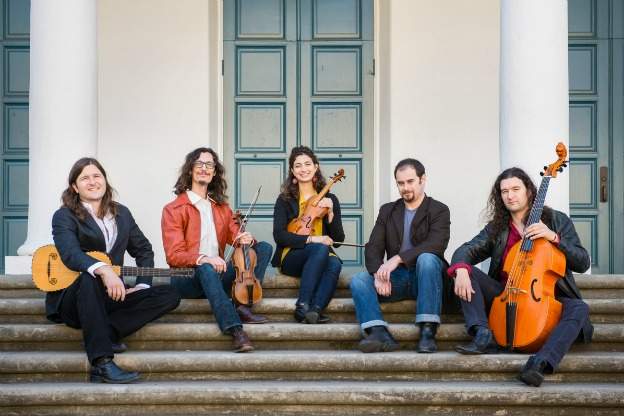
17th-Century Italian Convents
We often think of priests and nuns as those who have followed an inner spiritual calling of life and service to the church. But in 17th-century Italy, convents were also filled with daughters from noble families placed there against their will so that fathers could avoid paying expensive dowries. Despite this, convents provided educational opportunities for women not always otherwise available. Music also thrived in convents as centers of musical performance. Despite papal edicts against concertizing at convents, masses and other semi-religious services (that technically weren’t concerts) attracted audiences who would come from afar to hear the nuns sing and play.
Isabella Leonarda
One such nun was Isabella Leonarda, a woman from a prominent Novarese family whose father was a member of the minor nobility, a lawyer, and a civic officer in the city. At 16, Isabella entered the Ursuline convent of the Collegio di S Orsola where she stayed the rest of her life. During her formative years there, Gasparo Casati was the maestro di cappella of Novara Cathedral. It’s likely that Isabella Leonarda studied with Casati—he included two of her compositions in his own Terzo libro di sacri concerti, reflecting at the very least a familiarity and interest in Leonarda’s music. Leonarda would go on to compose over 200 other works in nearly every sacred genre.
Agave Baroque
A 2015 VGo release from Agave Baroque entitled Queen of Heaven takes its name from three of Leonarda’s solo motets dedicated to the Virgin Mary. Singing is countertenor Reginald Mobley. These are sacred but non-liturgical devotional works in Latin with intensely personal texts, many of the lyrics likely written by Leonarda herself.
An Evolving Style
Leonarda’s style evolved with the times. For example, in "Venite, laetantes," the second version shows considerable changes in the bass line from the first version. The way Leonarda composed bass lines evolved through the years in some of her other works as well. In several of Leonarda's instrumental sonatas published in 1693, the bowed bass instrument has its own partbook with solo passages separate from the basso continuo.
Leonarda’s "O Maria, quam dulcis quam cara" motet was first published in 1677 as part of her Op. 7 collection. Twenty-three years later (when she was 80 years old, mind you!), she updated, revised, and reissued the motet in her Op. 20 collection. Likewise, Leonarda’s first version of "Venite, laetantes" found in her 1687 Op. 14 publication was reissued in 1700 as part of her Op. 20. Originally for soprano and basso continuo, the later version is re-scored for alto and also adds a closing Alleluia.









